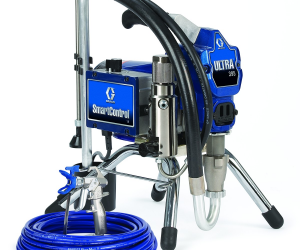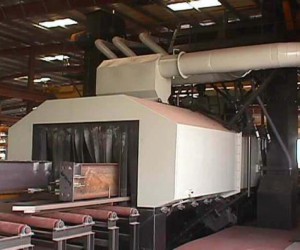



Paint is the most commonly used material to protect steel. Paint systems for steel structures have developed over the years to comply with industrial environmental legislation and in response to demands from bridge and building owners for improved durability performance. Previous five and six coat systems have been replaced by typically three coat alternatives, and the latest formulations have focussed on application in even fewer numbers of coats, but with increasing individual film thickness. Examples of this are epoxy and polyester glass flake coatings that are designed for high build thickness in one or two coat applications, and single coat high build elastomeric urethane coatings, up to 1000μm thick. Modern specifications usually comprise a sequential coating application of paints or alternatively paints applied over metal coatings to form a ‘duplex’ coating system. The protective paint systems usually consist of primer, undercoat(s) and finish coats. Each coating ‘layer’ in any protective system has a specific function, and the different types are applied in a particular sequence of primer followed by intermediate / build coats in the shop, and finally the finish or top coat either in the shop or on site.